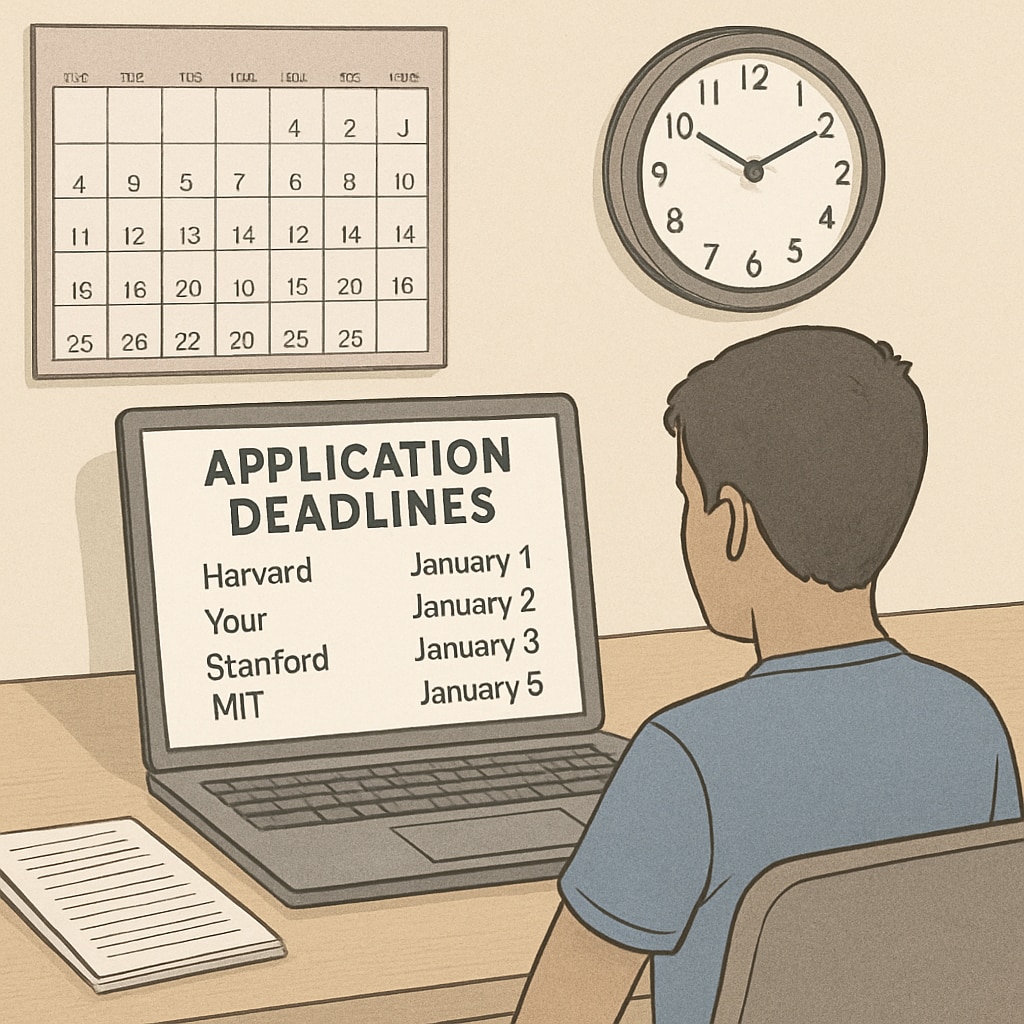Deciding to pursue higher education overseas is a significant choice, especially when considering the United States—a globally recognized hub for academic excellence. With “Master’s application in the US, study abroad options, and application timing” being critical factors, understanding the best approach is essential for prospective students and K12 educators alike. This article provides an in-depth exploration of timing, feasibility, and the long-term value of applying for a master’s degree in the US in 2024.
Why Timing Matters for Master’s Application in the US
Timing plays a pivotal role in determining the success of an application. For students aiming to enroll in 2024, the application process typically begins a year in advance. Fall 2023 to early 2024 is the window to prepare documents, take standardized tests (such as GRE or TOEFL), and submit applications. Missing these deadlines could mean waiting another year, which might delay career plans or opportunities.
Moreover, global factors such as economic trends, international policies, and visa regulations can influence the feasibility of studying abroad. For example, recent adjustments to visa requirements and post-graduation work opportunities have made the US an attractive destination once again for international students.
- Early submission benefits: Many universities offer rolling admissions, so submitting early increases chances of acceptance.
- Scholarships and funding: Applying early allows more time to explore funding opportunities, which are often competitive.
- Preparation time: Students can better prepare for interviews, essays, and recommendation letters.

Evaluating the Feasibility of Studying in the US
Before embarking on the application journey, it’s important to assess the feasibility of studying in the US. Feasibility encompasses financial considerations, academic readiness, and adaptability to cultural differences.
Financial planning is crucial. Tuition fees for US master’s programs can range from $20,000 to $60,000 annually, depending on the university and field of study. Living expenses, insurance, and travel costs add to the overall budget. Scholarships, assistantships, and loans are viable options to mitigate these costs.
Another key factor is academic readiness. Universities in the US value a strong academic background, professional experience, and extracurricular involvement. Prospective applicants should ensure their profiles align with the requirements of their target programs.
Lastly, cultural adaptability is critical. Moving to a new country involves adjusting to different teaching styles, social norms, and lifestyles. Therefore, preparing mentally and emotionally is as important as academic preparation.
Learn more about the F1 visa on Wikipedia and the structure of US universities on Britannica.

Assessing the Value of a US Master’s Degree
One of the most important aspects of applying for a master’s program is evaluating its long-term value. A US master’s degree can open doors to global career opportunities, higher earning potential, and access to cutting-edge research facilities.
The US is home to world-renowned universities such as Harvard, MIT, and Stanford, which are recognized for their rigorous academics and industry connections. Graduates often benefit from extensive alumni networks and partnerships with leading companies. For example, many STEM graduates find lucrative roles in Silicon Valley, while business graduates often excel in Fortune 500 companies.
However, the return on investment (ROI) of a master’s degree depends on various factors, including the field of study and individual career goals. STEM and business fields tend to offer higher salaries post-graduation, whereas humanities and arts may provide other intangible benefits such as personal growth and cultural enrichment.
Therefore, applicants should carefully research the career prospects associated with their chosen field and weigh them against the financial and personal investment required for the program.
Key advantages:
- Access to world-class faculty and research opportunities.
- Enhanced employability and career progression.
- Networking with global leaders and professionals.
For those considering academic roles or further studies, a US master’s degree also provides a strong foundation for pursuing a PhD.
Conclusion: Making Informed Decisions
Applying for a master’s degree in the US is a transformative step that requires careful planning and consideration. Prospective students should align their application timing with academic and financial readiness, assess feasibility based on personal circumstances, and evaluate the long-term value of the degree.
By following this guide, K12 educators and students can better navigate the complexities of studying abroad and make informed decisions about pursuing higher education in the United States.
As a result, 2024 offers a promising opportunity for individuals seeking to expand their academic horizons and advance their careers through a US master’s program.


